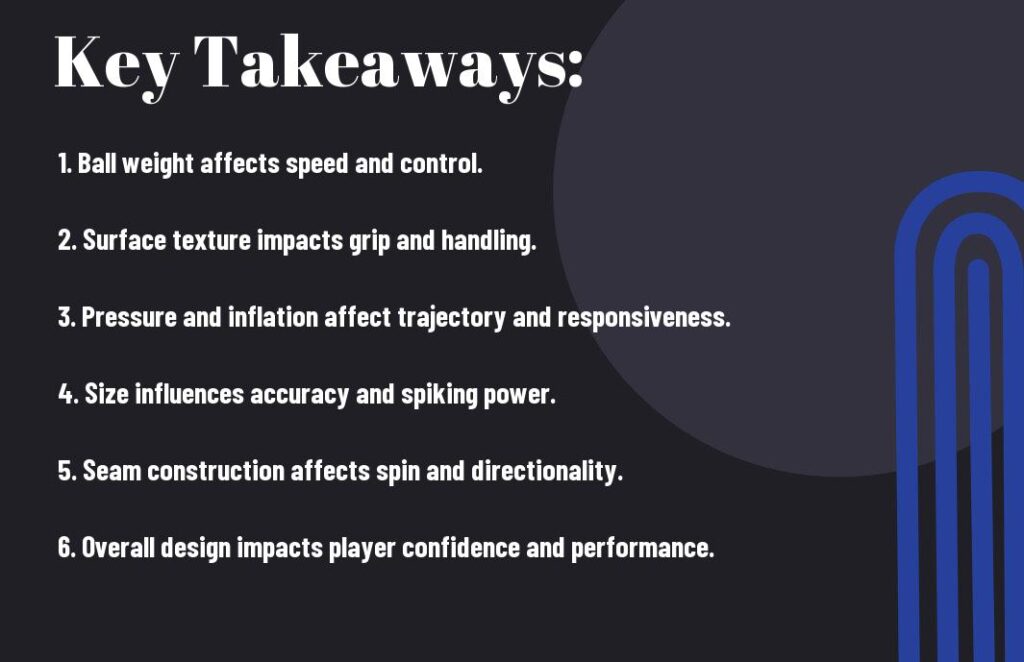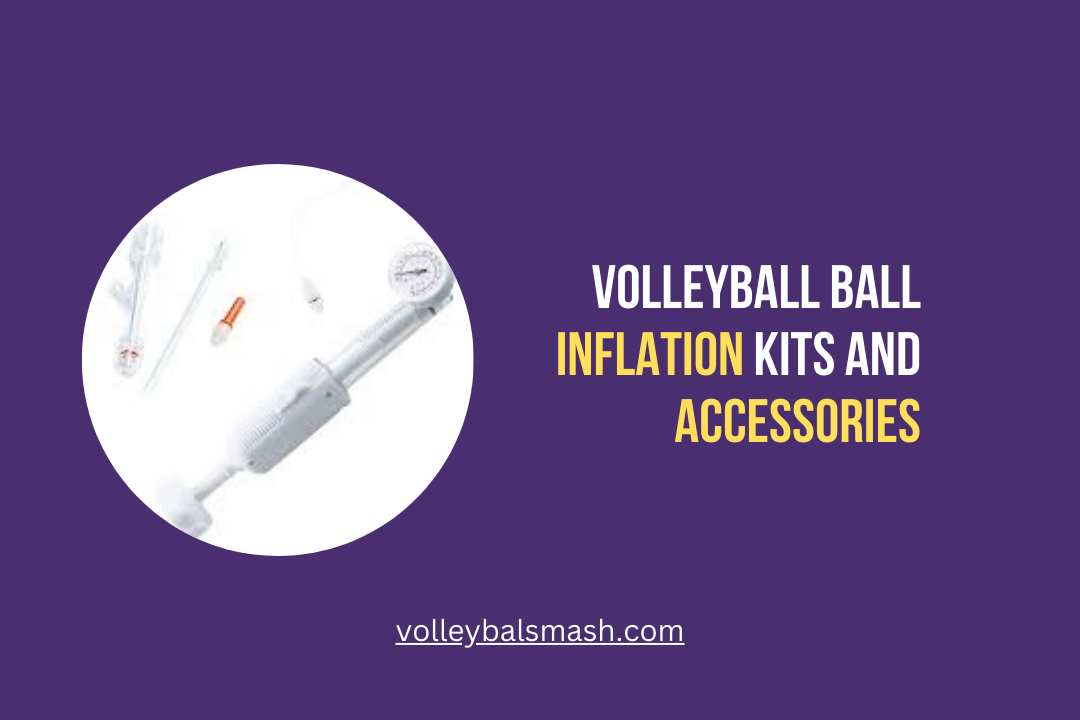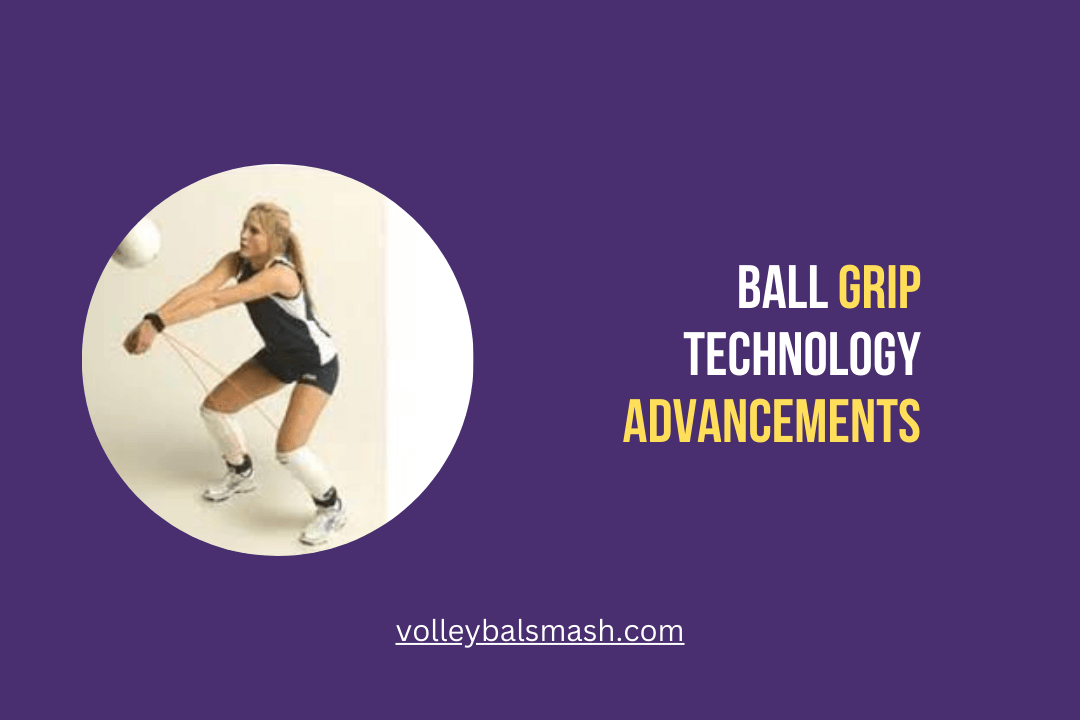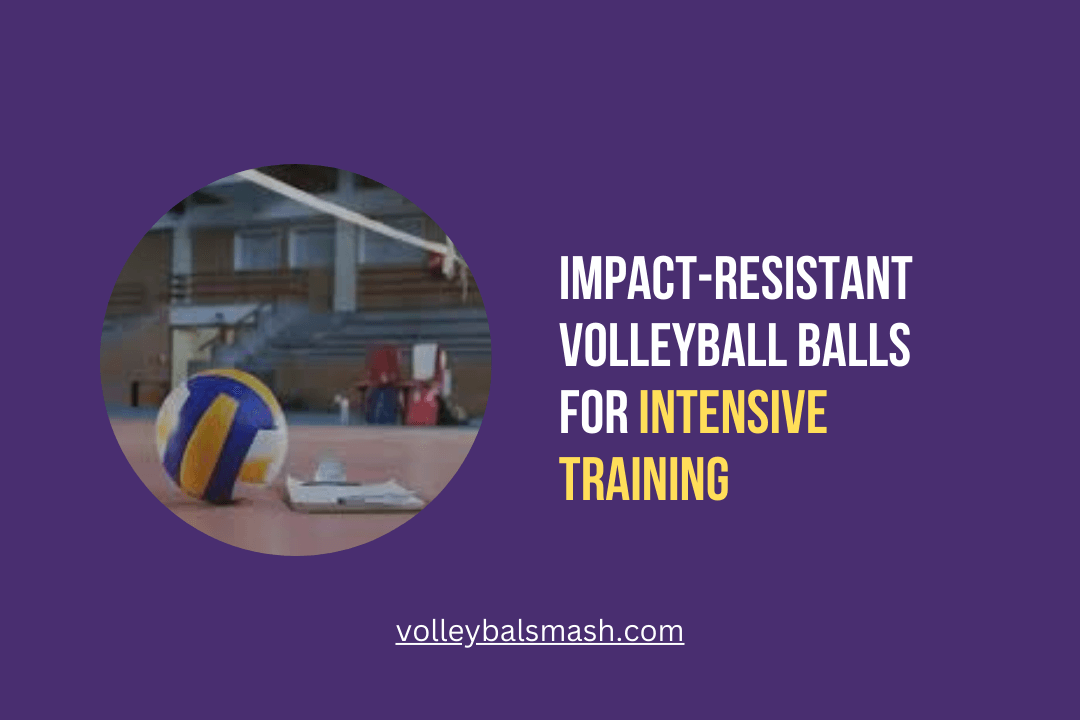Understanding the intricacies of volleyball ball design is crucial for maximizing your control on the court. The texture, size, and ball design affects control of the ball can all significantly impact your ability to set, spike, and serve with precision. In this blog post, you will learn how subtle variations in ball design can make a significant difference in your performance on the volleyball court. Whether you are a casual player or a serious competitor, understanding the relationship between ball design and control is paramount for improving your game.

Materials and Construction
Obviously, the materials and construction of a volleyball ball play a significant role in its control. The choice of materials, as well as the construction techniques used, can greatly impact how the ball behaves during play, affecting the overall control you have as a player.
Types of Materials Used in Volleyball Balls
When it comes to volleyball ball design, the type of materials used is crucial. Volleyball balls are typically made from a combination of synthetic leather, polyurethane, and rubber. Synthetic leather is commonly used for the outer layer of the ball, providing durability and a soft touch. Polyurethane is often used for the panels, offering a good grip and feel. Rubber is used for the bladder, ensuring proper air retention and bounce. The combination of these materials determines the overall feel and performance of the ball. The table below breaks down the properties and characteristics of each material used in volleyball ball construction.
| Material | Properties |
|---|---|
| Synthetic Leather | Durable, soft touch |
| Polyurethane | Good grip, feel |
| Rubber | Proper air retention, bounce |
volleyball balls for special events
Influence of Construction Techniques on Ball Control
The construction techniques used in making a volleyball ball also have a significant influence on ball control. The number of panels, the layering method, and the quality of stitching can all affect the ball’s flight and stability. For example, a ball with fewer panels and a more advanced layering method tends to have a more consistent trajectory and better control. Similarly, high-quality stitching ensures that the ball maintains its shape and responsiveness during play. Your ability to control the ball during serves, sets, and spikes is directly impacted by the construction techniques used in its production.
Surface Texture and Grip
Assuming you have ever played volleyball, you understand the importance of having a ball with the right surface texture and grip. This can significantly affect your control over the ball, making it easier or harder to handle, set, and spike. In this chapter, we will explore the impact of surface texture and grip on volleyball ball design and how it affects your game.
The Role of Surface Texture in Handling
The surface texture of a volleyball ball plays a crucial role in how you handle it. A smoother surface will allow the ball to move more quickly through the air, but it may be harder to control. On the other hand, a textured surface provides more grip, making it easier for you to hold, set, and serve the ball. The texture also affects how much spin you can put on the ball, which in turn affects its trajectory. When considering surface texture, you need to find a balance that allows you to have good control while still being able to generate power and spin.
Effects of Grip on Spinning and Trajectory Control
The grip of a volleyball ball is essential for spinning and controlling its trajectory. A ball with a good grip will allow you to put more spin on it, making it more challenging for your opponents to predict its path. This can give you a significant advantage in serving, setting, and spiking. The grip also affects your ability to control the ball when receiving serves or digs. A ball with a poor grip can slip through your fingers, leading to errors and missed opportunities. The right grip can make all the difference in your control over the ball, so it’s a crucial factor to consider when choosing a volleyball ball.
Aerodynamics and Flight Stability
Lastly, understanding the aerodynamics and flight stability of a volleyball can provide valuable insights into how the design of the ball affects control. By examining the impact of ball shape and design on aerodynamics, as well as the relationship between airflow patterns and control consistency, you can gain a deeper understanding of how the ball moves through the air and how it can be controlled more effectively.
Impact of Ball Shape and Design on Aerodynamics
The shape and design of a volleyball can significantly impact its aerodynamics. For example, a smoother surface and more streamlined shape can reduce air resistance, allowing the ball to travel faster and more predictably through the air. On the other hand, irregularities in the surface or an uneven distribution of weight can cause the ball to behave unpredictably, making it more difficult to control. Additionally, the seams on a volleyball can create turbulent airflow, affecting its stability in flight. When you understand these aerodynamic principles, you can choose a volleyball with a design that maximizes stability and predictability in its flight path, ultimately improving your control over the ball.
ball inflation kits and accessories
Relationship Between Airflow Patterns and Control Consistency
The airflow patterns around a volleyball greatly influence its control consistency. By studying the way air flows over and around the ball during flight, you can gain insight into how different designs and features affect its stability. For example, a ball with a more uniform airflow pattern is likely to exhibit more consistent and reliable flight characteristics, making it easier for you to anticipate its movement and control it effectively. Conversely, a ball with disrupted airflow patterns may exhibit erratic behavior, making it more challenging to maintain precise control. Understanding this relationship allows you to select a volleyball that promotes consistent and stable flight, improving your overall control and performance on the court.
Official Regulations and Standards
Despite the variations in design and materials used for volleyball balls, there are official regulations and standards set by the International Volleyball Federation (FIVB) to ensure the quality, consistency, and performance of the balls used in competitions and official matches. These regulations cover aspects such as size, weight, and design to maintain a level playing field for all teams and players.
FIVB Criteria for Volleyball Ball Design
The FIVB has specific criteria for volleyball ball design, including the size, weight, and pressure of the ball. According to the FIVB regulations, the ball must have a circumference of 65-67 centimeters, a weight of 260-280 grams, and an internal pressure of 0.30-0.325 kg/cm². Additionally, the ball must be made of leather or synthetic leather, and the design must be in accordance with FIVB regulations to ensure consistent performance and playability.
How Standardization Influences Control and Playability
Standardization of volleyball ball design is crucial because it directly impacts control and playability on the court. When the size, weight, and pressure of the ball are consistent across all official matches and competitions, it ensures a level playing field for all teams and players. This standardization allows you to familiarize yourself with the specific characteristics of the ball, including its flight trajectory, bounce, and grip, enabling you to enhance your control and performance during the game. Consistent ball design also minimizes the risk of unpredictable behavior, ensuring a fair and enjoyable playing experience for everyone involved.
Player Interaction and Adaptation
However, the influence of volleyball ball design on control goes beyond just the physical aspects of the game. Your interaction with the ball and your ability to adapt to different designs play a crucial role in determining your level of control on the court.
Influence of Ball Design on Player Technique
The design of the volleyball can significantly impact your playing technique. For example, a softer ball may require you to adjust your approach and timing when setting or spiking, while a harder ball may offer more stability and control. The surface texture and panel configuration also affect the way you handle the ball, influencing the precision and power of your shots. Understanding how different designs affect your technique can help you adapt and improve your overall control during the game.
Training and Adaptation Strategies for Optimal Ball Control
When it comes to optimizing your ball control, training and adaptation are essential. You can enhance your ability to handle various ball designs by practicing with different types of balls and focusing on refining your techniques. Additionally, incorporating drills and exercises that specifically target ball control can help you adapt to different designs and improve your overall performance on the court. By consistently challenging yourself to adapt to different ball designs, you can develop the skills necessary to maintain control in any game situation.
By understanding the influence of ball design on player interaction and implementing effective training and adaptation strategies, you can enhance your control on the volleyball court. Remember, the ability to adapt to different designs and refine your techniques is crucial for mastering ball control and elevating your performance in the game. Stay focused on honing your skills and remain adaptable to ensure that you are always at the top of your game.
ball seams and their importance
Future Design Innovations
Despite the current advancements in volleyball ball design, there are still several future innovations that could further enhance control and performance on the court. Manufacturers are constantly researching and developing new materials and technologies to improve the design and functionality of volleyball balls. These potential innovations could revolutionize the game and impact the way players approach their strategies and techniques.
Emerging Technologies in Volleyball Ball Design
One of the emerging technologies in volleyball ball design is the use of advanced aerodynamics to create a more predictable and stable flight path. By optimizing the ball’s surface texture and panel configuration, manufacturers are able to minimize air resistance and enhance the ball’s overall stability in flight. This can lead to improved accuracy and control, allowing you to confidently execute your shots with precision.
Potential Impact on Control and Game Strategy
These innovations in volleyball ball design have the potential to significantly impact your control and game strategy. With improved aerodynamics and stability, you can anticipate more consistent ball behavior, allowing you to better predict its trajectory and adjust your positioning and timing accordingly. This can give you a competitive edge on the court, enabling you to make strategic plays with greater accuracy and confidence.
Conclusion
To wrap up, it is evident that the design of a volleyball significantly affects the level of control you have over the ball. The surface texture, weight distribution, and size all play crucial roles in determining the ball’s behavior during play. By understanding how these design factors impact control, you can make more informed decisions when selecting a volleyball for your games. Keep in mind that finding the right ball for your playing style and skill level can greatly enhance your performance on the court.
FAQ: How volleyball ball design affects control
What are the factors in volleyball ball design that affect control?
The weight, size, and surface texture of a volleyball ball all play a significant role in determining the level of control a player has over the ball. The weight affects the ball’s flight path, the size determines the ease of handling, and the surface texture can either enhance or hinder the player’s grip and ability to control the ball.
How does the weight of the volleyball ball impact control?
The weight of a volleyball ball determines its speed and flight path when struck. Lighter balls are faster and more agile, making them harder to predict and control. On the other hand, heavier balls have a more predictable trajectory and are easier to control, especially in windy conditions.
Can the surface texture of a volleyball ball affect control?
Yes, the surface texture of a volleyball ball can significantly impact a player’s ability to control it. A smoother surface reduces the amount of grip a player can get on the ball, making it more challenging to control, especially when passing or setting. Conversely, a textured or dimpled surface provides better grip and control, giving players more confidence in their handling of the ball.











